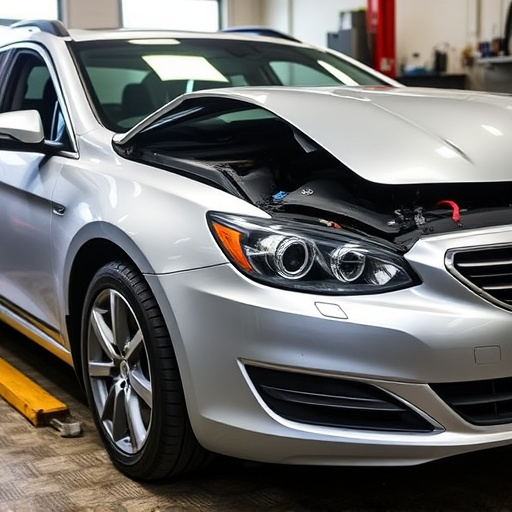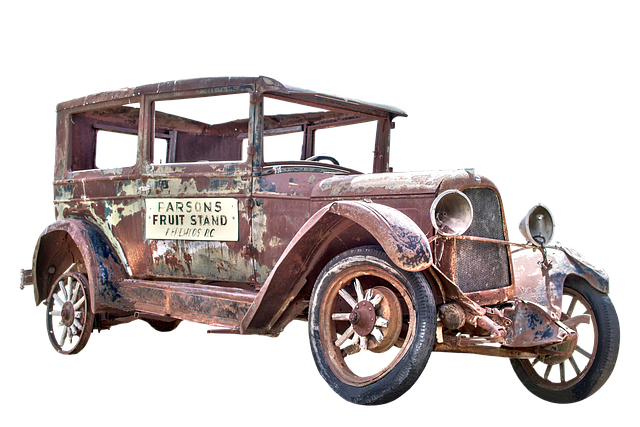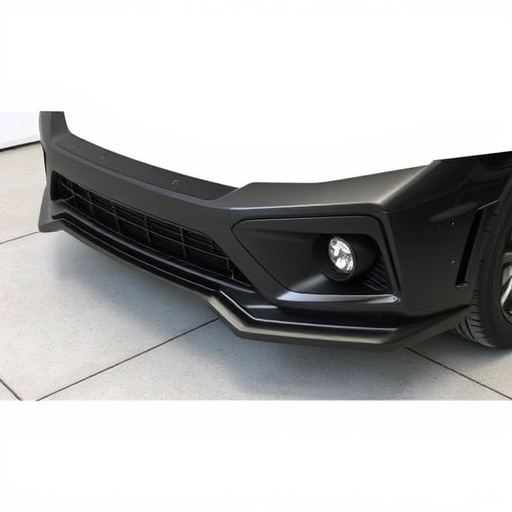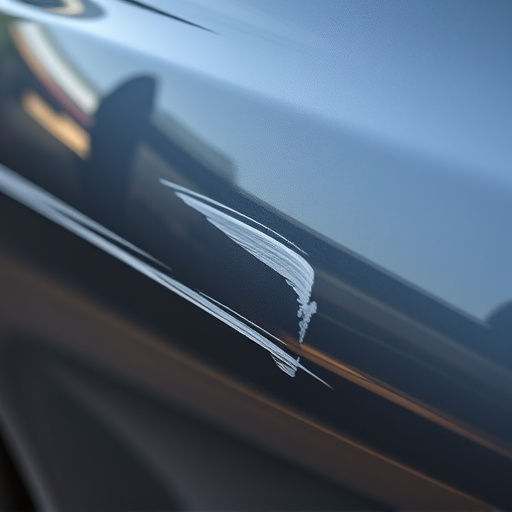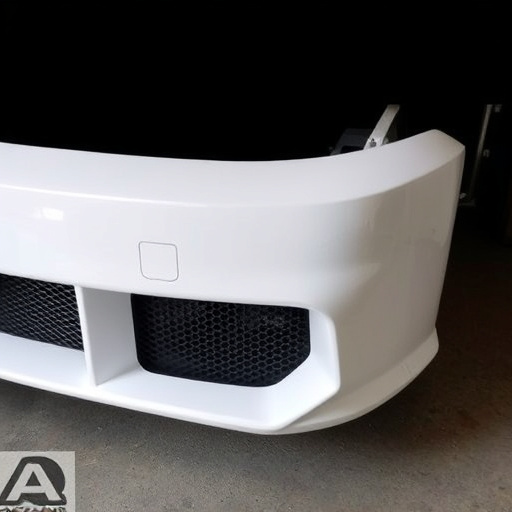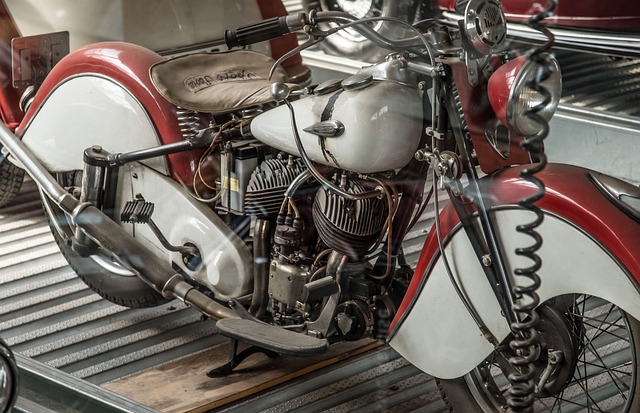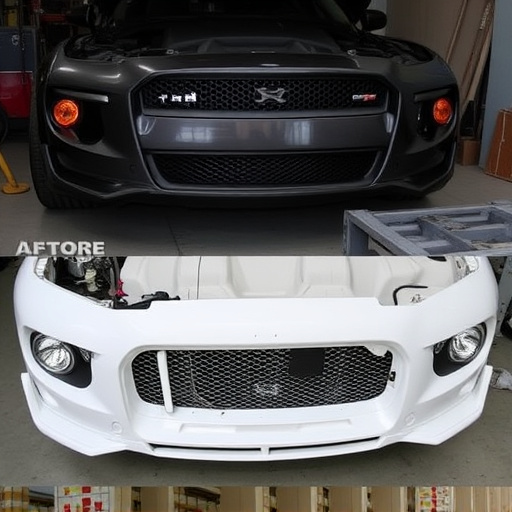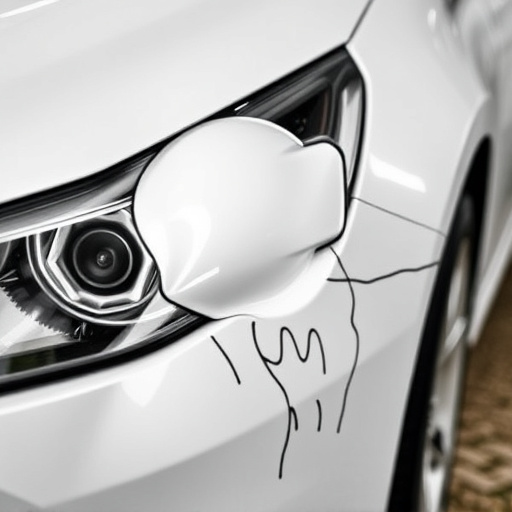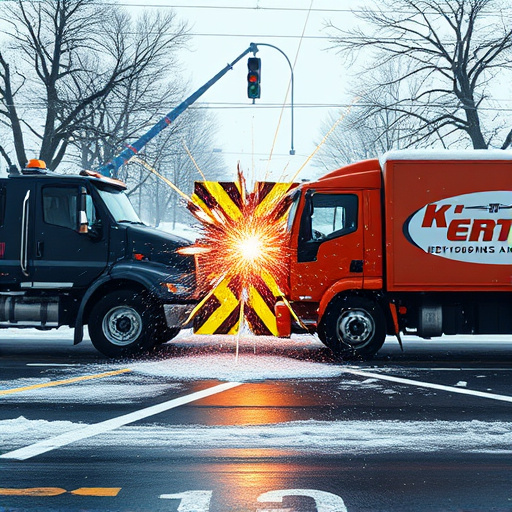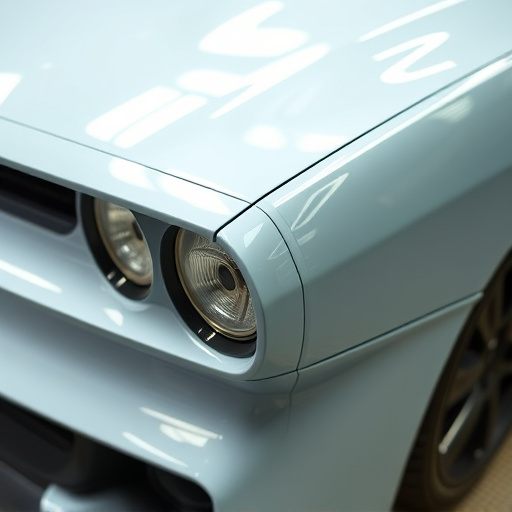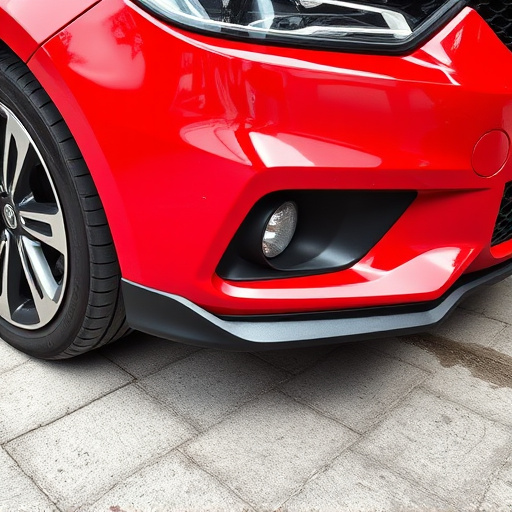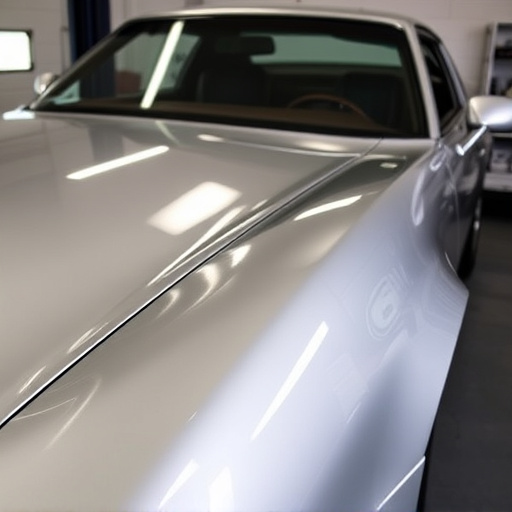Repairing vintage vehicle collisions requires a delicate balance between preserving historical integrity and managing costs. For minor dents, paintless dent repair maintains authenticity and value, but severe accidents may need extensive collision repair, weighing cost, part availability, and historic integrity. Severe structural damage or limited parts availability often dictate replacement over repair.
In the realm of classic car ownership, navigating collision damage presents a unique dilemma. When faced with repairs versus replacement for vintage vehicle collision, informed decisions are paramount. This article guides through the intricate process, offering insights on assessing collision damage in vintage vehicles and exploring the pros and cons of repairing or replacing these cherished classics. From identifying minor fixes to understanding when replacement is the game-changer, we delve into strategic decision-making for optimal vintage vehicle care.
- Assessing Collision Damage in Vintage Vehicles
- The Pros and Cons of Repairing Vintage Cars
- When Is Replacement the Better Option?
Assessing Collision Damage in Vintage Vehicles
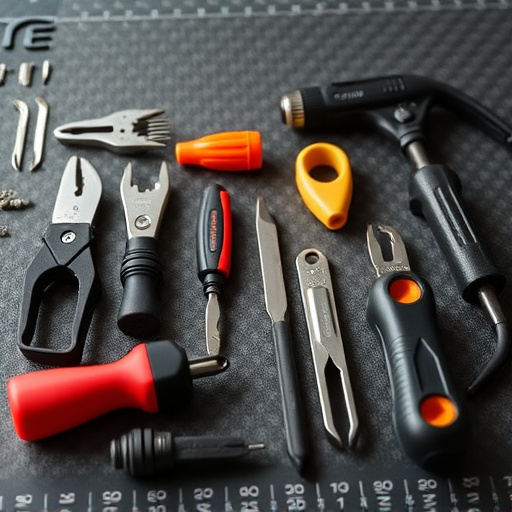
Assessing collision damage in vintage vehicles requires a delicate balance between preserving history and determining practicality. Unlike modern cars, these classics have unique value, often beyond their mere monetary cost. When evaluating damage from a crash or accident, owners and technicians must consider not just structural integrity but also the vehicle’s authenticity and historical significance. Every dent, scratch, or crack tells a story of its past, so repairs should aim to restore functionality without compromising these telltale marks.
The decision between repairing or replacing damaged components is crucial. Minor fender benders might only need a simple paintless dent repair technique, preserving the original finish and value. More extensive damage, however, may necessitate more invasive automotive collision repair procedures. It’s important to weigh the cost, availability of parts, and potential impact on the vehicle’s historical integrity before proceeding with any repair method, whether it be traditional or modern approaches like paintless dent repair or comprehensive automotive collision repair.
The Pros and Cons of Repairing Vintage Cars
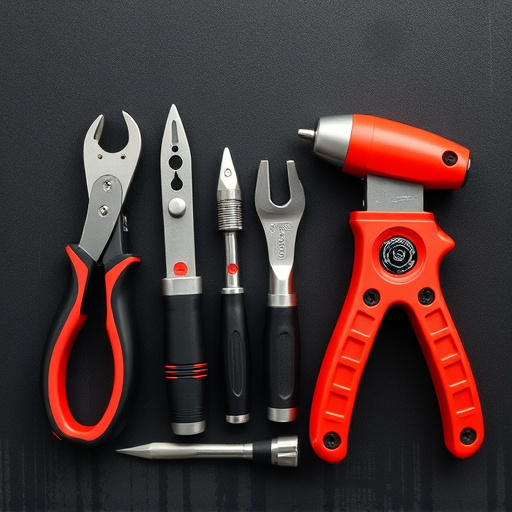
Repairing vintage cars can be a delicate balance between preserving history and saving costs. One of the main pros is the ability to restore a vehicle to its original glory, maintaining its authenticity and value as a collector’s item. For die-hard enthusiasts, keeping these classics on the road is a labor of love, often involving intricate detailing and meticulous craftsmanship. This process can be both rewarding and cost-effective, especially for less severe damage. Many vintage car owners prefer to repair their beloved vehicles themselves, showcasing their skills and creating a unique bond with their cars.
However, there are also cons to consider. Older vehicles may have limited availability of genuine parts, making repairs more challenging and expensive. In some cases, finding skilled technicians who specialize in vintage car restoration can be difficult. Additionally, extensive damage from a vintage vehicle collision might require significant structural changes, making repair costs comparable or even exceeding the price of a replacement. Despite these challenges, modern innovations like paintless dent repair offer efficient alternatives for minor scuffs and dents, providing both cost savings and minimal disruption to the original aesthetic. For example, a Mercedes Benz repair involving intricate body work could be handled by experts who understand the nuances of classic car restoration.
When Is Replacement the Better Option?
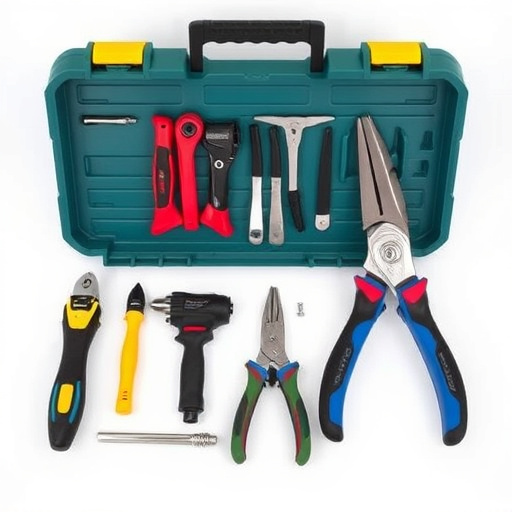
When deciding between repairing or replacing after a vintage vehicle collision, it’s crucial to consider the extent of damage and the car’s overall condition. If the auto body has sustained significant structural harm, such as severe crumpling, misalignment of panels, or damage to critical components like the frame, replacement might be the better option. These types of damages often require intricate repairs that could be cost-prohibitive and time-consuming, making a complete overhaul more feasible.
Moreover, if the vintage vehicle’s original parts are no longer readily available or have become too expensive to source, replacement can offer a practical solution. Auto repair shops specializing in classic cars may have access to rare or specialized parts, ensuring that the car’s historical integrity is preserved. Additionally, if the collision has caused severe cosmetic issues like deep scratches, dents, or paint damage that extend beyond simple touch-ups, replacing key sections with new panels could be more economical and aesthetically pleasing than extensive repair work, including auto body painting and car scratch repair.
When deciding between repairing or replacing a vintage vehicle after a collision, a thorough assessment is key. Weighing the pros and cons of each option, considering both the vehicle’s historical value and practical considerations, helps in making an informed decision. For minor damage, repair can preserve the car’s integrity and uniqueness. However, for extensive or structural damage, replacement might be the better choice to ensure safety and maintain the vintage vehicle’s original character. Ultimately, understanding these options enables owners to make a sensible decision that aligns with their priorities for their cherished classic cars.
